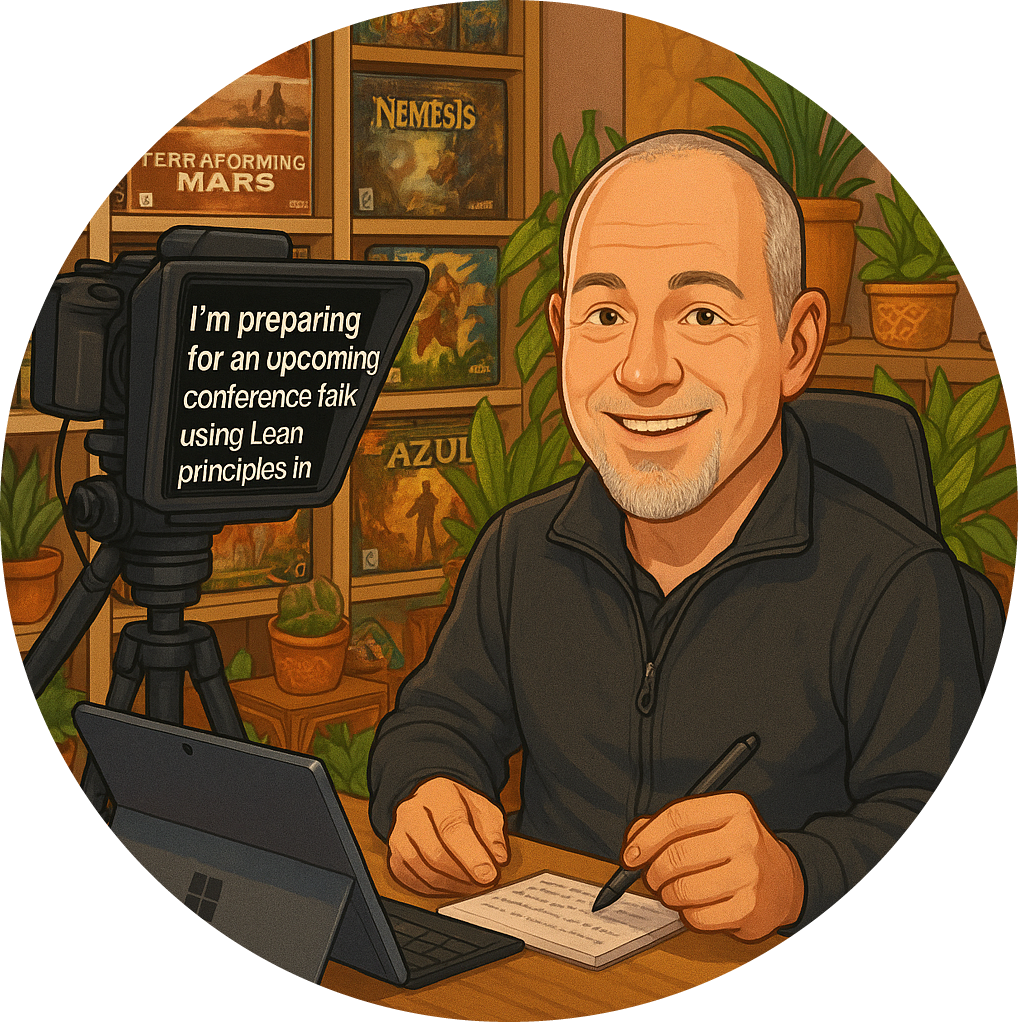In my opinion, it’s the whole ball game.
How much of an impact can a strong, skilled product owner have?
Feature Factories versus Valuable Products.
If you let engineers be engineers, they will focus exclusively on engineering. It’s straightforward to bring a group of skilled, experienced engineers together to build a lot of stuff.
Stuff isn’t what we are after though, it’s building valuable solutions and solving compelling problems that we need. That’s the tough bit.
Coders, software engineers, and testers just want to get through the work.
Don’t get me wrong, software engineers are incredibly creative and talented individuals, but without the right guidance, they will focus on delivering work rather than explore how that work might have the greatest impact in the customer environment.
If all we do is produce stuff, we end up with a feature factory that is super productive but not very effective. Efficiency over Effectiveness.
The value of a great product owner.
This is where Scrum really got it right. By creating the product owner role, they created an environment where the cocreation of valuable products and features serves both the customer as well as the organization.
A product owner works closely with customers and product stakeholders to identify the most compelling problems to be solved, and the most valuable solutions that need to be built.
Having someone in the organization that is focused on ensuring that the right things is built, at the right time, makes all the difference in the world. The product owner provides the developers with insights into why items matter, how those items are game changes, and what needs to be created to achieve customer and organizational objectives.
The difference between an average product owner and a great product owner.
An average product owner is going to be thinking about becoming the funnel for the organization, the customer, and the product stakeholders. The central part of contact that assimilates all the information and requests into a single product backlog with a user story for each item.
When you work with a great product owner, they aren’t looking at that. They have delegated that element of assimilating information from customers into a product backlog to the team.
They are looking into the future, doing critical analysis of markets and competitors, and thinking about how to deliver valuable products and features to customers at the most valuable time. Being proactive sometimes means creating the product before the customer even knows they need it, and delivering it just in time for that to have a significant impact in the customer’s life.
Timing
Once a customer asks you for a product or a feature, technically, you are already too late.
It takes time for you to define the problem correctly, identify the best potential solutions, and create the most valuable solution for them. At this point, the customer is waiting on something that they need, and competitive advantage or competitive parity is slipping through their fingers.
They need to respond, now, and they can’t because they are waiting on the feature or product from you.
This is where a great product owner truly comes into their own.
They aren’t simply waiting on feedback from customers, they are actively cocreating potential solutions for customers and enabling customers to achieve competitive advantage through the products and features that the team create.
If you think in terms of cost of delay, what does it cost your organization and the client if you don’t have the product or feature that they need? What happens if it takes you six months to build the solution that they need today?
So, great product owners are looking forward and evaluating markets, competitors, and future customer needs to inform what the team need to be thinking about and anticipating what customers are going to need in the future.
If it’s a B2B product, the product owner is looking at the state of the organization and what is happening in the business.
What are the strategic objectives of the organization?
What is the general direction of travel the organization is following?
What are the potential threats and opportunities for the organization?
They take this analysis and design loads of small experiments to figure out what best resonates with the organization and the customer. What elements of the product or feature is proving to be the most valuable in delivering competitive advantage.
When a customer does approach the product owner and ask for a specific feature or product, the product owner can simply ask them if they want to switch that feature on for you or integrate that feature into the product suite right away.
In essence, saying to a customer that we have a version of that ready to go for you and we can build on that initial feature and iterate as needed.
There’s a great book called ” crossing the chasm ’’ by Geoffrey Moore and it’s primary focus lies in helping product owners and development teams think about designing for the innovators and early adopters rather than the laggards in the product lifecycle.
How do we identify the early adopters for our story?
How do we engage them?
How do we build products and features that excite them?
We’re doing this because what the early adopters want today, the laggards want in six months time.
Just planting the idea with the early adopters enables the organization to lead the market rather than follow the market. This is what great product owners do. They use empiricism and evidence based management to anticipate where things are headed and what is need to serve that market.
About NKD Agility
Naked Agility is an #agile consultancy that specializes in #scrumtraining, #agilecoaching and #agileconsulting to help teams evolve, integrate, and continuously improve.
We recognize the positive impact that a happy AND inspired workforce can have on customer experience, and we actively help organizations to tap into the power of creative, collaborative, and high-performing teams that is unique to #agile and #scrum environments.
If you are interested in #agiletraining, visit https://nkdagility.com/training/
If you have identified the need for #agilecoaching and #agileconsulting, visit https://nkdagility.com/agile-consulting-coaching/
We would love to work with you.
#scrum #agile #scrumteam #agileprojectmanagement #agileproductdevelopment #projectmanagement #productdevelopment #agilecoach #agileconsultant #agiletraining #scrumtraining #scrumorg


























